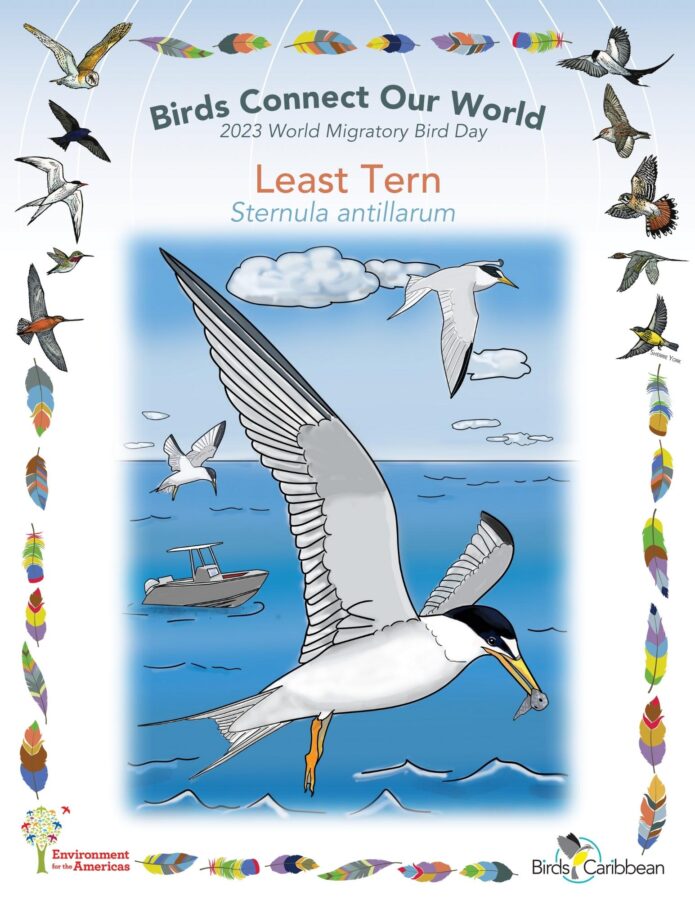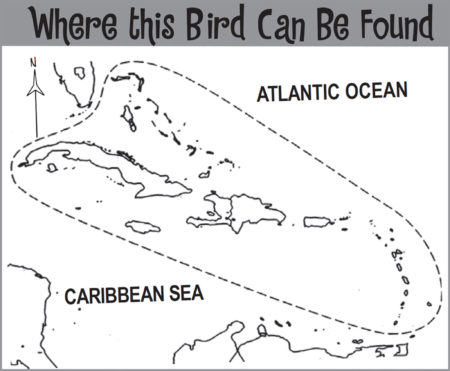Celebrate World Migratory Bird Day (WMBD) with us in 2023! This year’s theme is “Water: Sustaining Bird Life”. Have fun learning about a new migratory bird every day. We have coloring pages, puzzles, activities, and more. Download for free and enjoy nature with your family at home.
Migratory Bird of the Day: Least Tern
The tiny Least Tern is one dashing beach bum, from its brilliant yellow bill, to its crisp black-and-white head pattern, to its slender pointed wings, and forked tail. Other field marks to look for are a black cap, pale gray back, and white underparts. It is the smallest of terns in North America, reaching a length between 21cm and 23cm long (about the same size as a Northern or Tropical Mockingbird) with a wingspan of 53cm.
The Least Tern’s diet consists mainly of fish but it will also eat shrimp and other invertebrates. During the breeding season food becomes especially important to male terns. During courtship, the male will offer the female food in hopes of enticing her to choose him as a mate. Suave looks and cheesy lines won’t work on these practical females!
Once she accepts, they will begin building their nest in shallow depressions in the sand. Least Terns prefer bare or sparsely vegetated sand or dried mudflats along coasts or rivers, but they will also nest on sandy or shell islands and gravel and sand pits. Least Terns are colony nesters, meaning they nest in a group, which allows them to share information about food sources—and to spot and mob predators like dogs and cats!
Eggs are laid between the middle of April and early May. Incubation lasts for 21 days. Least Tern chicks are able to leave the nest just three to four days after hatching; but they are dependent on their parents to feed them for 6 weeks or more.
Unfortunately their favorite nesting habitat is also prime real estate for human recreation, residential development, and alteration by water diversion; all of which encroach upon the area available to nest and successfully raise chicks. Although this tern can readily adapt in response to sites that change within and among years, it appears to be most productive at colony sites that have endured for several years. Global climate change is also an ever-present threat to the Least Tern. Rising sea levels and catastrophic storms can damage or destroy its nests, as well as its habitat.
But you can help Least Terns and other beach-nesting birds—educate your friends and family about these birds and how to keep them, their eggs, and their chicks safe. Remind them that there’s a place for everyone at the beach, to pick up their garbage when they are leaving, to leash their pets, and to avoid getting too close—especially if birds are nesting. Learn more about this species, including its range, photos, and calls here.
Thanks to Aliya Hosein for the text and Christine Elder for the lovely illustration!
Color in the Least Tern
Download the Migratory Birds of the Day Coloring Page! Use the picture above and the photos on this page as your guide, or look up pictures of the bird online or in a bird field guide if you have one. Share your colored-in page with us by posting it online and tagging us @BirdsCaribbean #WMBD2023Carib
Listen to the calls of the Least Tern
The calls of the Least Tern include a “ki-dik” heard frequently from flying birds.
Puzzles of the Day
Click on the images below to do the puzzle. You can make the puzzle as easy or as hard as you like—for example, 6, 8, or 12 pieces for young children, all the way up to 1,024 pieces for those that are up for a challenge!
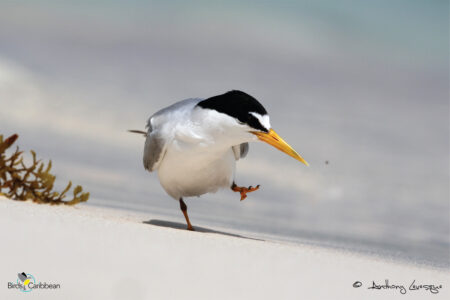
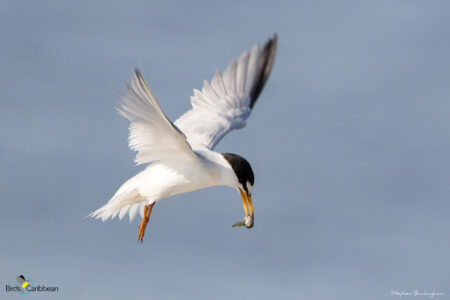
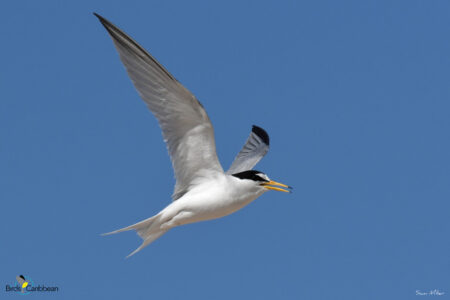
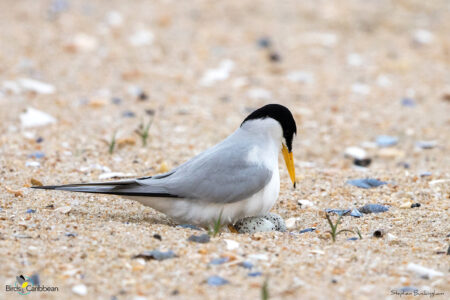
Activity of the Day
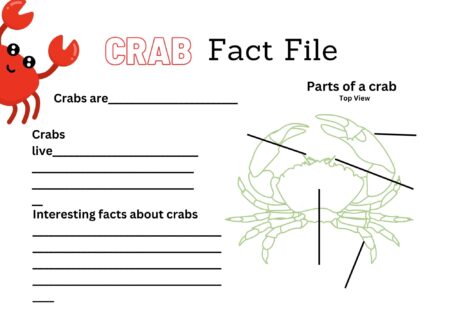 FOR KIDS: Nesting Least Terns share their beach home with many other creatures, including crustaceans like crabs. Whilst least Terns prefer to eat fish, many other beach and wetland-living birds love to feed on crustaceans! These fascinating animals have boneless bodies covered by hardened skin called an “exoskeleton.” Why not find out more? In today’s activity we would like you and a parent or friend to delve into the details about crabs, and write a fact file. Find out more and get a template for your fact file here. Have fun learning all about these crusty critters!
FOR KIDS: Nesting Least Terns share their beach home with many other creatures, including crustaceans like crabs. Whilst least Terns prefer to eat fish, many other beach and wetland-living birds love to feed on crustaceans! These fascinating animals have boneless bodies covered by hardened skin called an “exoskeleton.” Why not find out more? In today’s activity we would like you and a parent or friend to delve into the details about crabs, and write a fact file. Find out more and get a template for your fact file here. Have fun learning all about these crusty critters!
FOR KIDS AND ADULTS: Enjoy this video of a Least Tern in the Wild! Watch this adult feeding a fish to its chick.
Read all about conserving Bahamas beach-nesting birds and their habitats in the blogs below: Margo Zdravkovic shares her adventures from Conservian’s 2016 Bahamas Shorebird Conservation Expedition and Jennifer Wheeler shares her experiences from the expedition in 2018. Margo and her team of volunteers worked to protect beach-nesting birds, nests and young, including today’s featured bird, the Least Tern. This is important shorebird and seabird conservation and research work with a mission to provide on-the-ground protection and restoration measures at key shorebird and seabird sites in The Bahamas.

